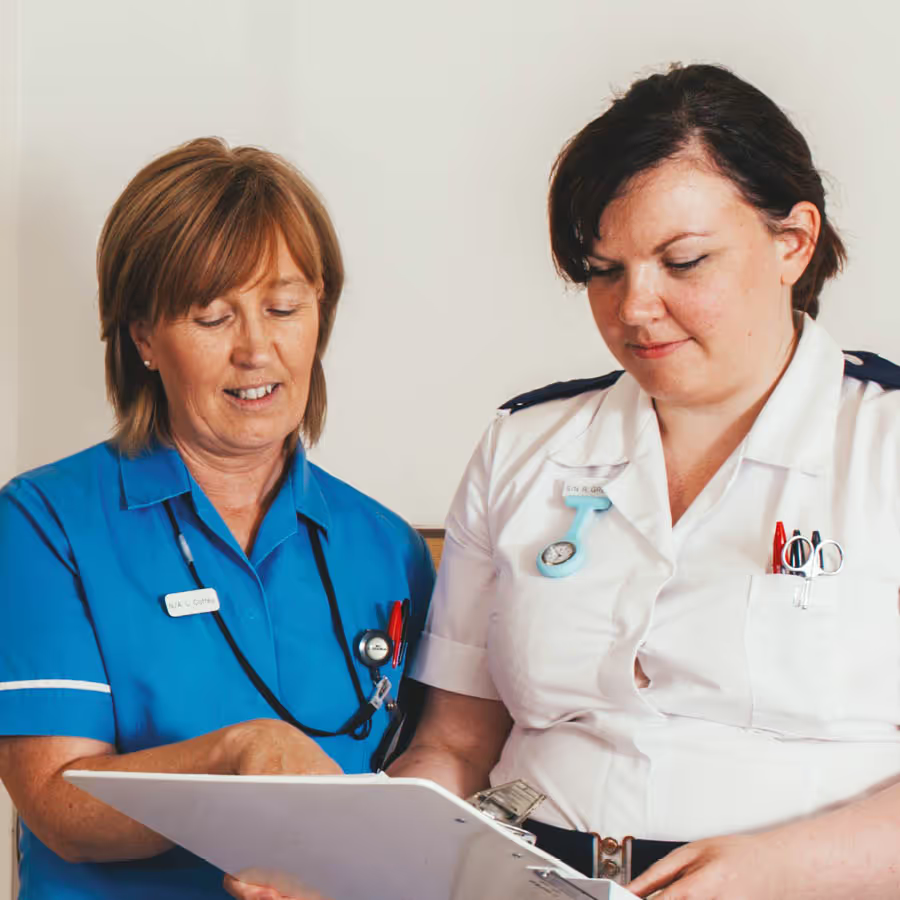Menu

Cardiac & Respiratory
Spirometry is a quick, non-invasive test that measures how much air you can exhale in one forced breath, helping diagnose and monitor conditions like asthma, COPD, cystic fibrosis, and pulmonary fibrosis while tracking treatment effectiveness.

Spirometry is a simple test used to help diagnose and monitor certain lung conditions by measuring how much air you can breathe out in one forced breath.
Spirometry may assist in diagnosing a lung condition if you exhibit symptoms or if your physician suspects an elevated risk of developing a specific lung ailment. For instance, it might be advised if you experience persistent coughing or breathlessness, or if you're over 35 and a smoker.
Spirometry can detect and track various conditions, such as:
If you've previously received a diagnosis of one of these conditions, spirometry may be conducted to assess the condition's severity or monitor your response to treatment.
You should avoid smoking for 24 hours prior to the test and refrain from consuming alcohol, engaging in vigorous exercise, or eating heavy meals for several hours beforehand.
During the test, you'll be seated, and a soft clip will be placed on your nose to prevent air leakage. The examiner will provide instructions, and you might be encouraged to practise a few times beforehand.
For the spirometry procedure, you'll be instructed to:
The process typically needs to be repeated at least three times to ensure accuracy.

Have a query?
Why not check out our FAQ’s were you will find answers to many previously asked questions.

3
Lorem ipsum dolor sit amet, consectetur adipiscing elit, sed do eiusmod tempor incididunt ut labore et dolore magna aliqua.













